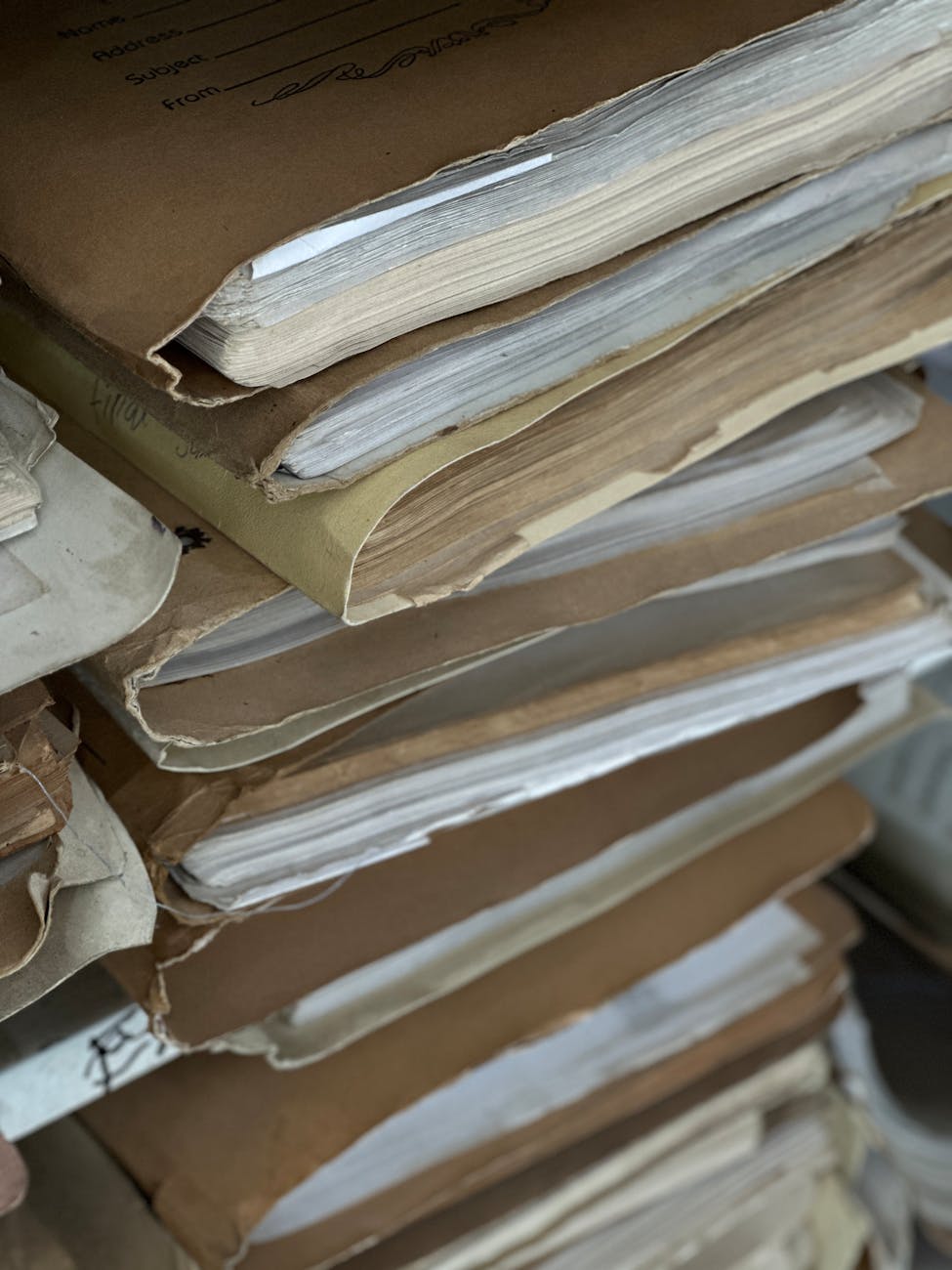Well, time for another look, Jim asked me about camcorders once again. Six months ago, the tradeoff was really great HD quality but only on miniDV tape with the Canon HV20 (now updated to the “HV30”:http://www.camcorderinfo.com/content/Canon-HV30-Camcorder-Review-34401.htm) or you could go with the convenience of a hard disk in standard definition like our Sony SR-100 but quality was pretty bad (in fact, the Sony has worse quality than the tape based Canon Elura I had for years). So has anything change? Here’s a stack rank list of the top camcorders:
“Canon Vixia HF10”:http://www.camcorderinfo.com/content/Canon-HV30-Camcorder-Review-34401.htm. This has a removable SDHC memory cards and 16GB of internal flash. It uses the same AVCHD format as the HG10 (hard drive based) and the HR10 (DVD based). It records in 1920x1080i at 17Mbps so uses the latest chipset. That being said, the HG10 and the HR10 have 1/2.7-inch sensors while this one has a 1/3.2 inch sensor. But many folks think that this might be the one to beat. As an aside, they have an identical camera called the HF100 that doesn’t have the 16GB of internal flash and is $200 cheaper. In the long run that seems like a better deal given thatSDHC cards are $90-140. The other drawback is there is no viewfinder at all, so you better hope it is not bright sunlight. That being said, image quality is the key open issue.
“Sony HDR-SR12”:http://www.camcorderinfo.com/content/Sony-HDR-SR12-First-Impressions-Camcorder-Review-34178/Performance.htm. This is a 120GB hard drive (!!!) camcorder that records in true 1080i at 16Mbps. It has a 1/3.15 inch CMOS sensor with 3.8 megapixels in 16:9. So again the sensor is smaller and there are more pixels which probably means more noise. Reminds me of the state of pocket digital cameras. Everytime the pixel count went up noise goes up and low light performance goes down. It is also AVCHD, so we’ll have to see how motion artifacts are. To save money, you can also get the otherwise identical SR11 which has the 60GB drive. BTW that is 14 hours of hi-def vs. 7 hours respectively. Personally, on our 20GB camcorder, we never really use it all up. 3 hours is a lot of video! It is also nice now that on the Mac Final Cut Express supports AVCHD and on the PC Sony Vegas 8.0 (what I use) does as well. But as usual, there are tons of incompatibilities so you have to research what works with what. It also have xvYCC which doubles the color depth if your HDTV supports it.
“Panasonic HDC-SD9”:http://www.camcorderinfo.com/content/Panasonic-HDC-SD9-Camcorder-Review-34650.htm is really the next generation that is coming along. It records AVCHD (that’s the new MPEG-4/X.264 derivative that Sony and others are pushing). It now records at 17Mbps vs. 13Mbps of the original systems and at the full 1920x1080i resolution. It does use three 1/6 inch CCDs which theoretically should be better although like many things in camcorders (for some reason this is true for this category), they are actually smaller than the three 1/4 inch CCDs in the first generation HDC-SD1. To get the nicer CCDs, you have to go to the professional Panasonic AG-HSC1U which gores for $2K which is more accurate in color and higher resolution. The Sony HDR-CX7 is also sharper and has a nicer picture. They also apparently have a new color mode called xvYCC which is higher reoslution but you need a brand new HDTV to enjoy it. It still shows motoin artifacts, but the new Canon HF10 does not. Interestingly, even though it now records a full 1920×1080 vs the stretched 1440×1080 that the previous models used, resolution was identical (makes sense, the pixel count of the CCDs didn’t change). Finally, in low light it is pretty bad and in fact doesn’t look as good as the SD1 because smaller CCDs are usually noisier.





